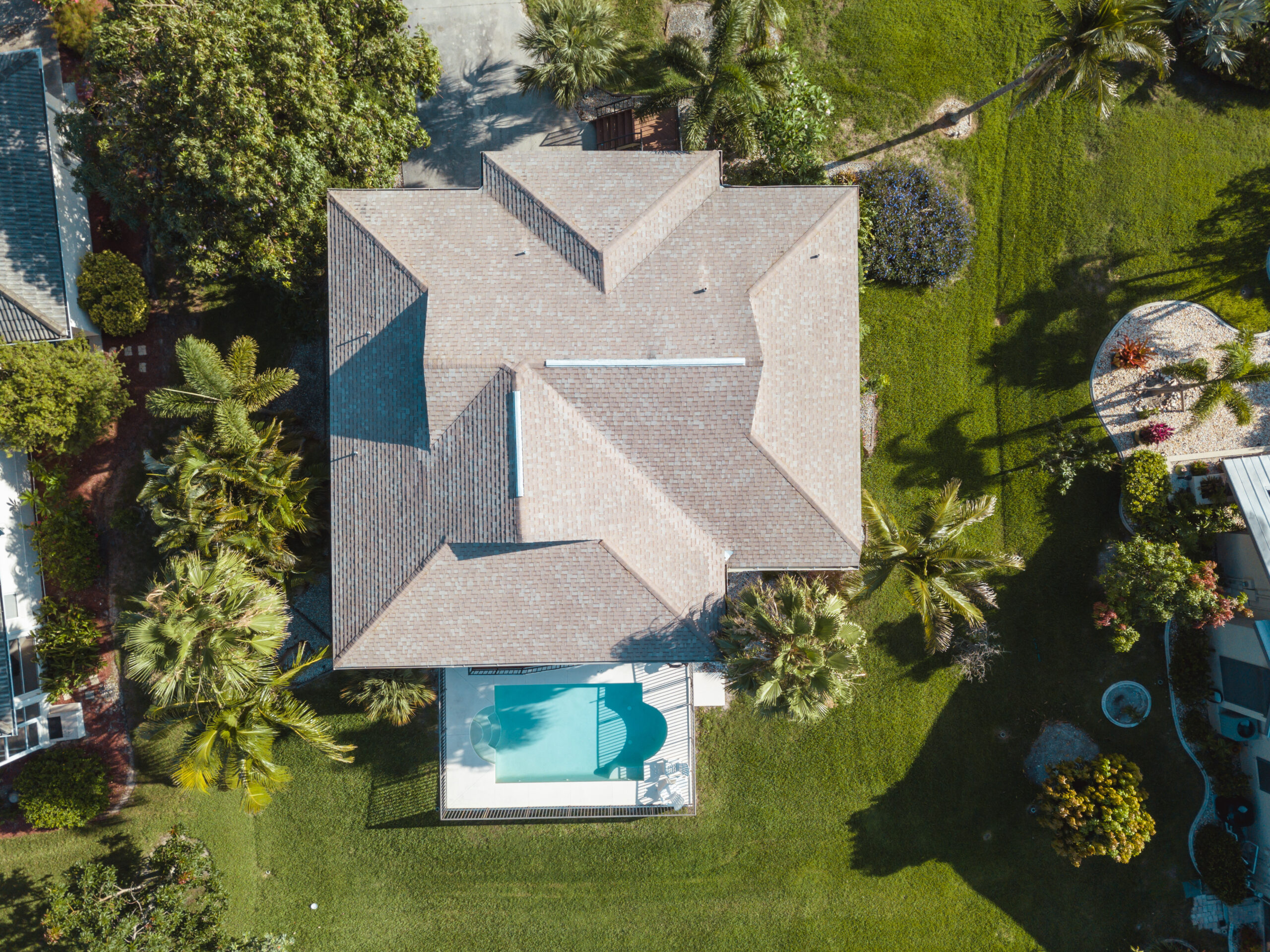Metal Roofing vs. Asphalt Shingles: Which One is Right for Your Florida Home?
When it comes to choosing the best roofing material for your Florida home, the decision often boils down to two popular options: metal roofing and asphalt shingles. Both materials have their strengths and weaknesses, but the right choice for your home depends on factors like your budget, style preferences, and the demands of Florida’s hot, humid, and hurricane-prone climate.
In this guide, we’ll break down the key differences between metal roofing and asphalt shingles, helping you make an informed decision that best suits your needs.
What is Metal Roofing?
Metal roofing is made from durable materials like aluminum, steel, or copper. Panels or shingles are installed with interlocking seams that provide excellent weather resistance.
Benefits of Metal Roofing
- Durability: Metal roofs can last 40–70 years or more, far outlasting most other materials.
- Hurricane Resistance: Metal roofs are designed to withstand wind speeds of up to 140+ mph, making them ideal for Florida’s hurricane season.
- Energy Efficiency: Metal reflects sunlight, reducing heat absorption and lowering cooling costs by up to 25%.
- Low Maintenance: Resistant to rot, mildew, and insects, metal roofing requires minimal upkeep.
- Eco-Friendly: Made from recyclable materials, metal roofing is a sustainable choice.
Drawbacks of Metal Roofing
- Higher Upfront Cost: Metal roofs typically cost $14,000–$40,000 depending on size and style.
- Noise Potential: Without proper insulation, metal roofs can be noisier during rainstorms.
What are Asphalt Shingles?
Asphalt shingles are the most common roofing material in the U.S. Made from a fiberglass base coated in asphalt and mineral granules, they’re known for affordability and versatility.
Benefits of Asphalt Shingles
- Affordability: Asphalt shingles are budget-friendly, costing $8,000–$15,000 on average for installation.
- Ease of Installation: Quick and simple to install, resulting in lower labor costs.
- Variety of Styles: Available in a wide range of colors and textures to suit any home design.
- Initial Weather Protection: High-quality shingles can handle moderate winds and rains well.
Drawbacks of Asphalt Shingles
- Shorter Lifespan: Shingles typically last 15–20 years, less than half the lifespan of metal roofs.
- Weather Vulnerability: Susceptible to damage from high winds, hail, and prolonged UV exposure.
- Maintenance Needs: Requires periodic replacement of damaged shingles, as well as regular cleaning to prevent algae and moss growth.
Key Comparison Factors
1. Longevity
- Metal Roofing: Lasts 40–70 years or more with minimal maintenance.
- Asphalt Shingles: Lifespan is 15–20 years, depending on material quality and maintenance.
2. Weather Resistance
- Metal Roofing: Handles hurricane-force winds, heavy rains, and extreme heat with ease.
- Asphalt Shingles: Vulnerable to damage in high winds and storms.
3. Cost
- Metal Roofing: Higher upfront cost but provides better long-term value due to its durability.
- Asphalt Shingles: Lower initial cost but requires more frequent repairs and replacements over time.
4. Energy Efficiency
- Metal Roofing: Reflects heat, reducing cooling costs and improving energy efficiency.
- Asphalt Shingles: Absorbs heat, which can lead to higher cooling costs during Florida’s hot summers.
5. Aesthetic Appeal
- Metal Roofing: Modern and sleek, with a variety of colors and finishes, including standing seam and metal shingles.
- Asphalt Shingles: Offers a classic look and comes in multiple colors and textures to match various architectural styles.
Which One is Right for You?
The best choice depends on your priorities:
- Choose Metal Roofing If:
- You want a roof that lasts a lifetime.
- You live in a hurricane-prone area and need superior storm protection.
- You’re looking to save on energy bills with an eco-friendly option.
- Choose Asphalt Shingles If:
- You’re working with a tighter budget.
- You prefer a traditional look that complements most home styles.
- You don’t mind replacing your roof in 15–20 years.


